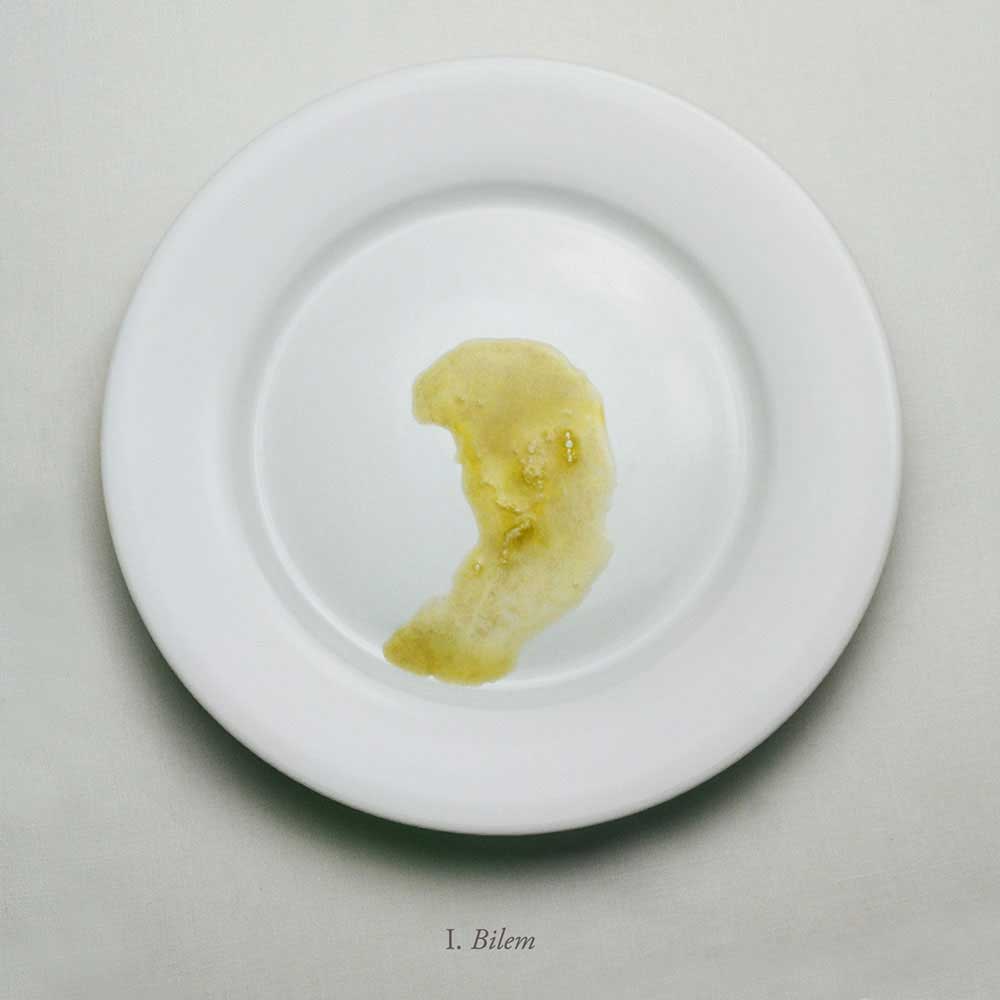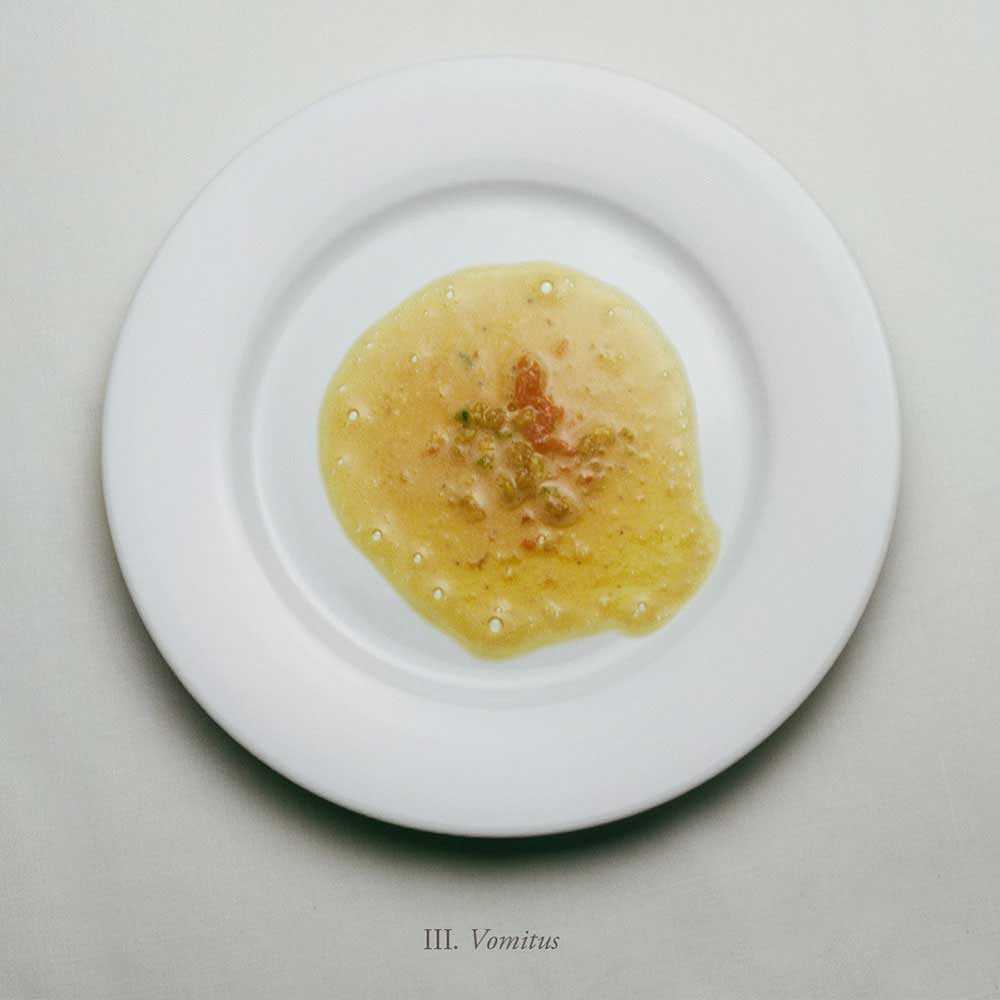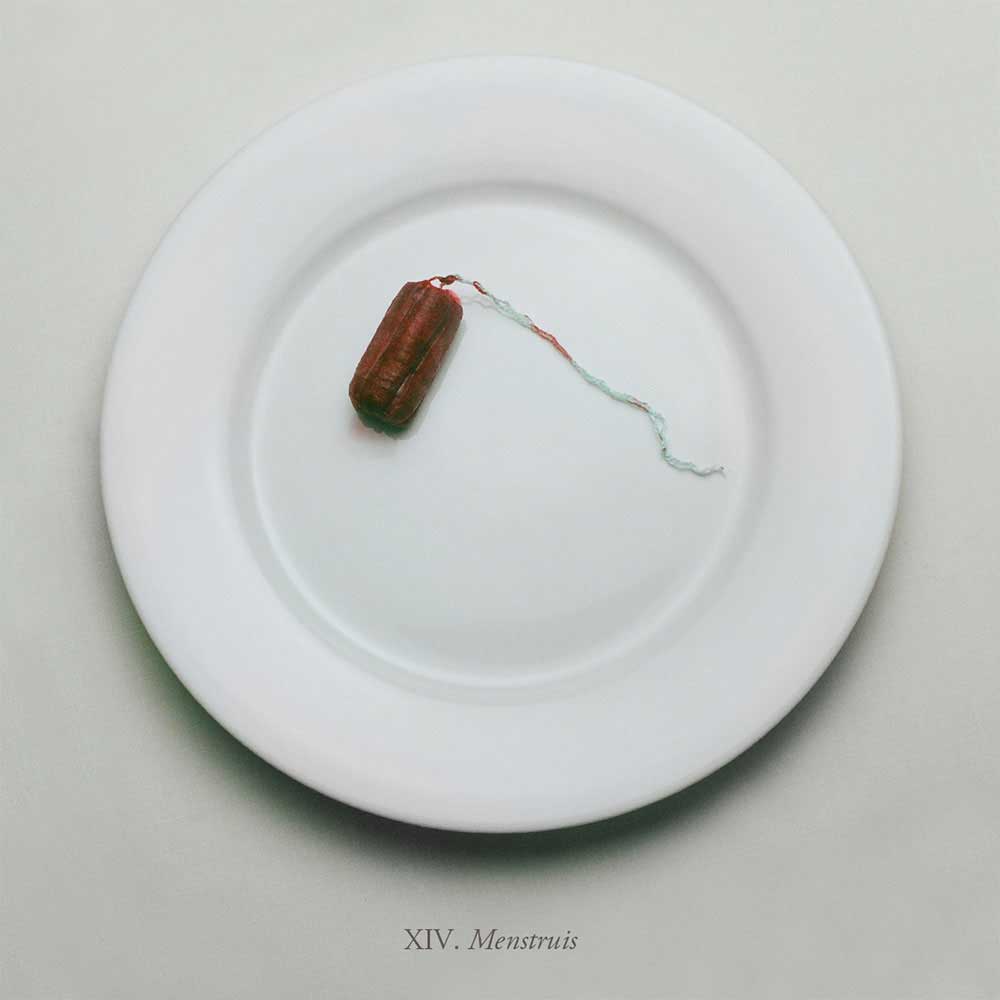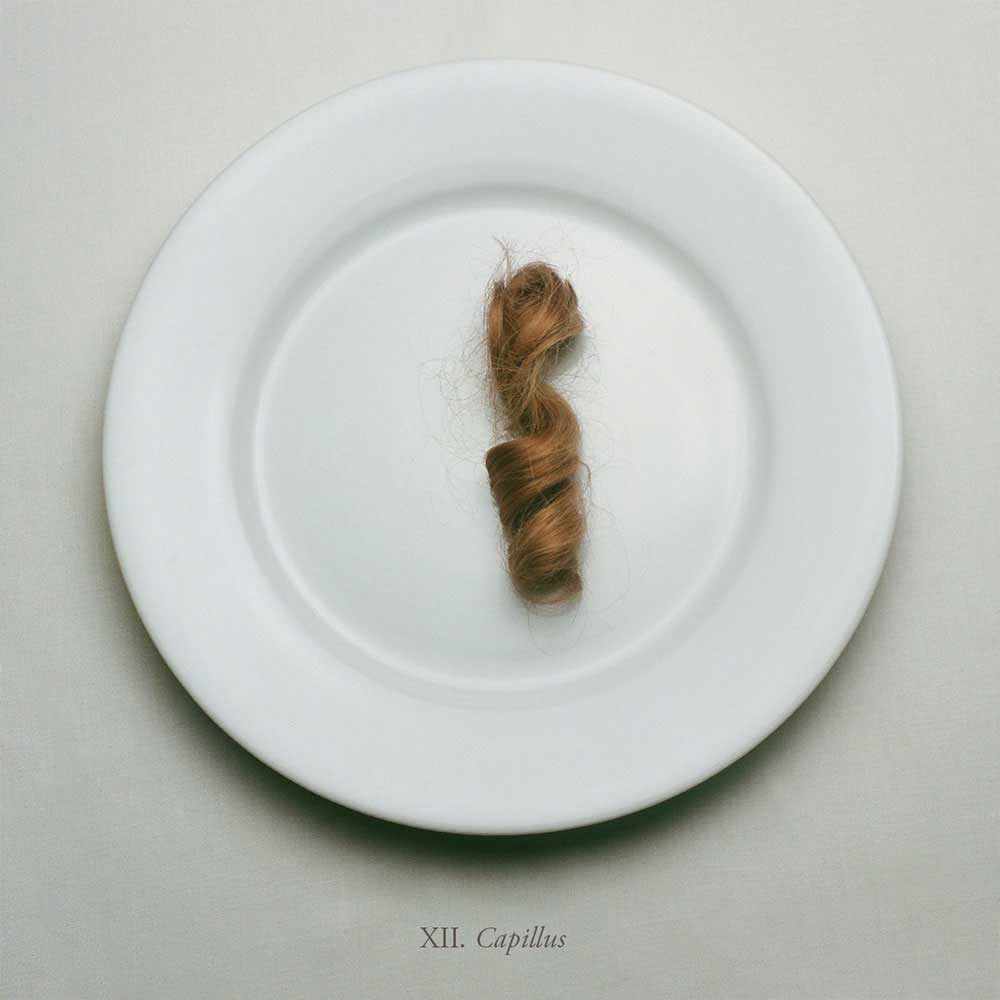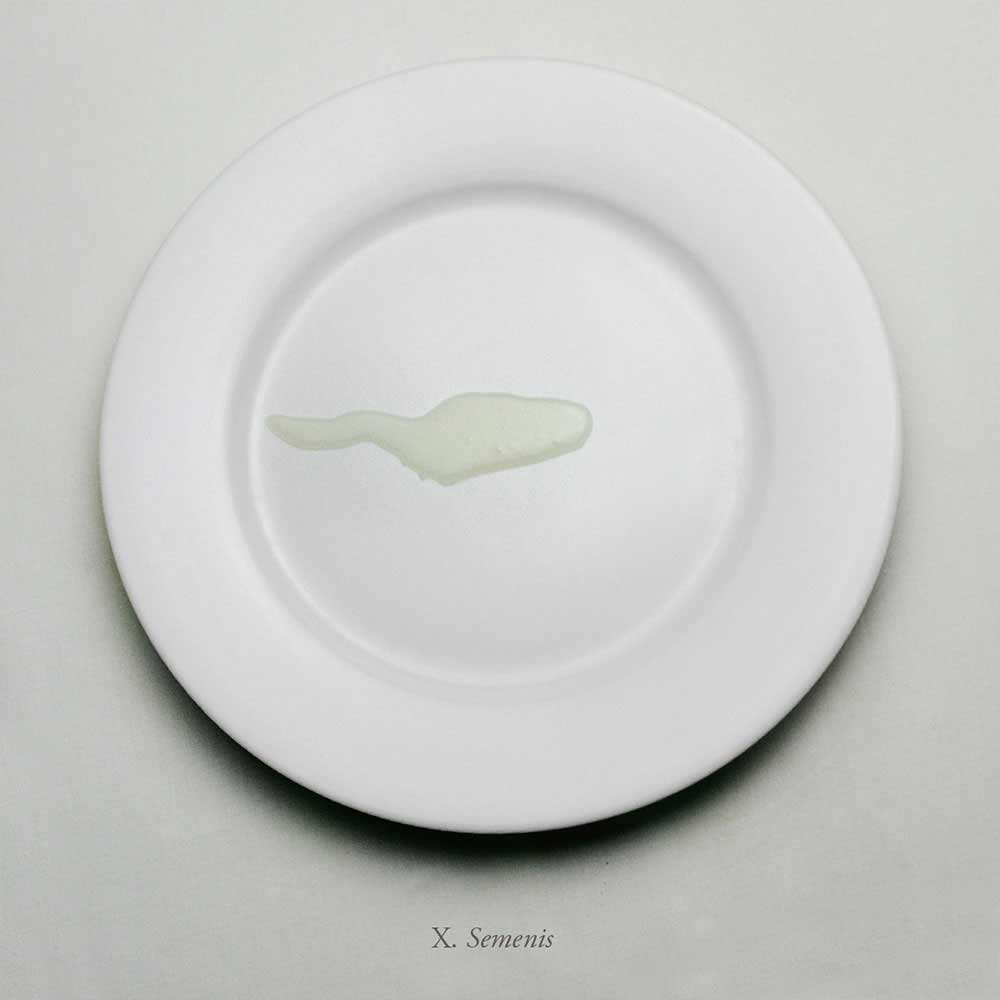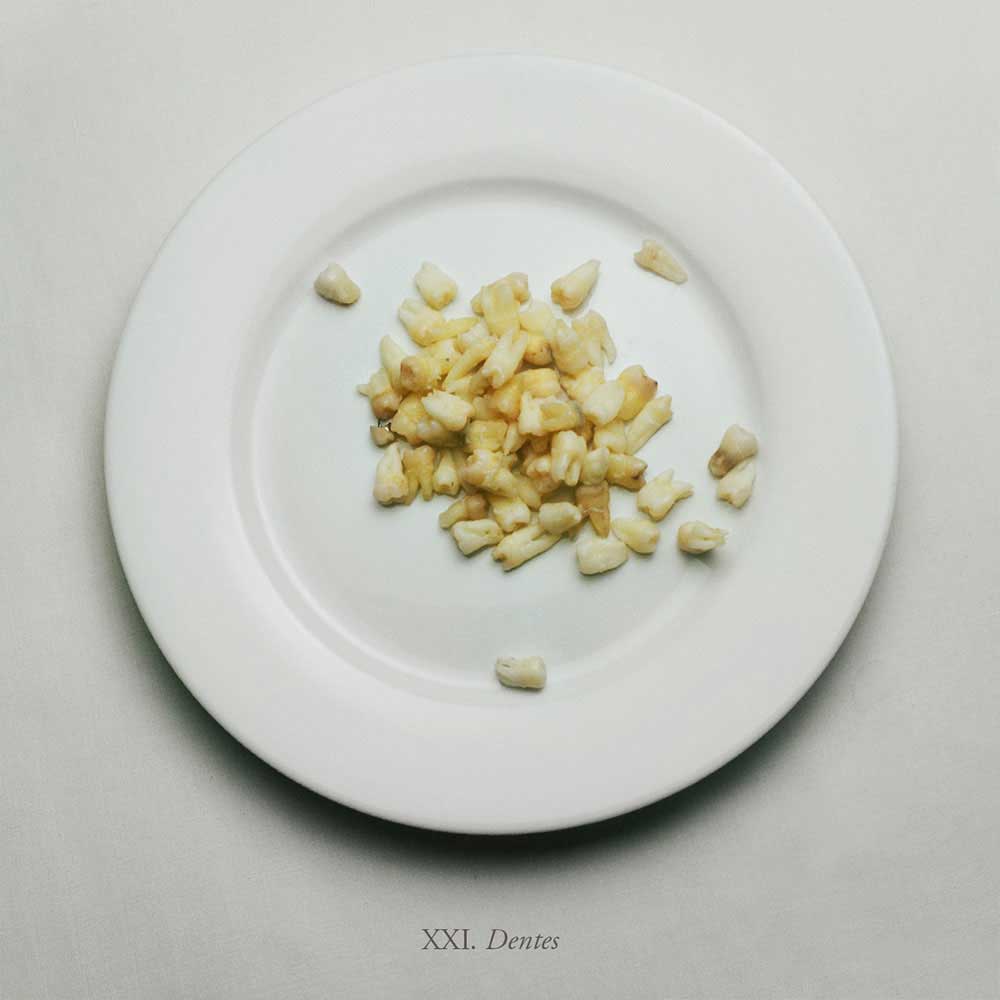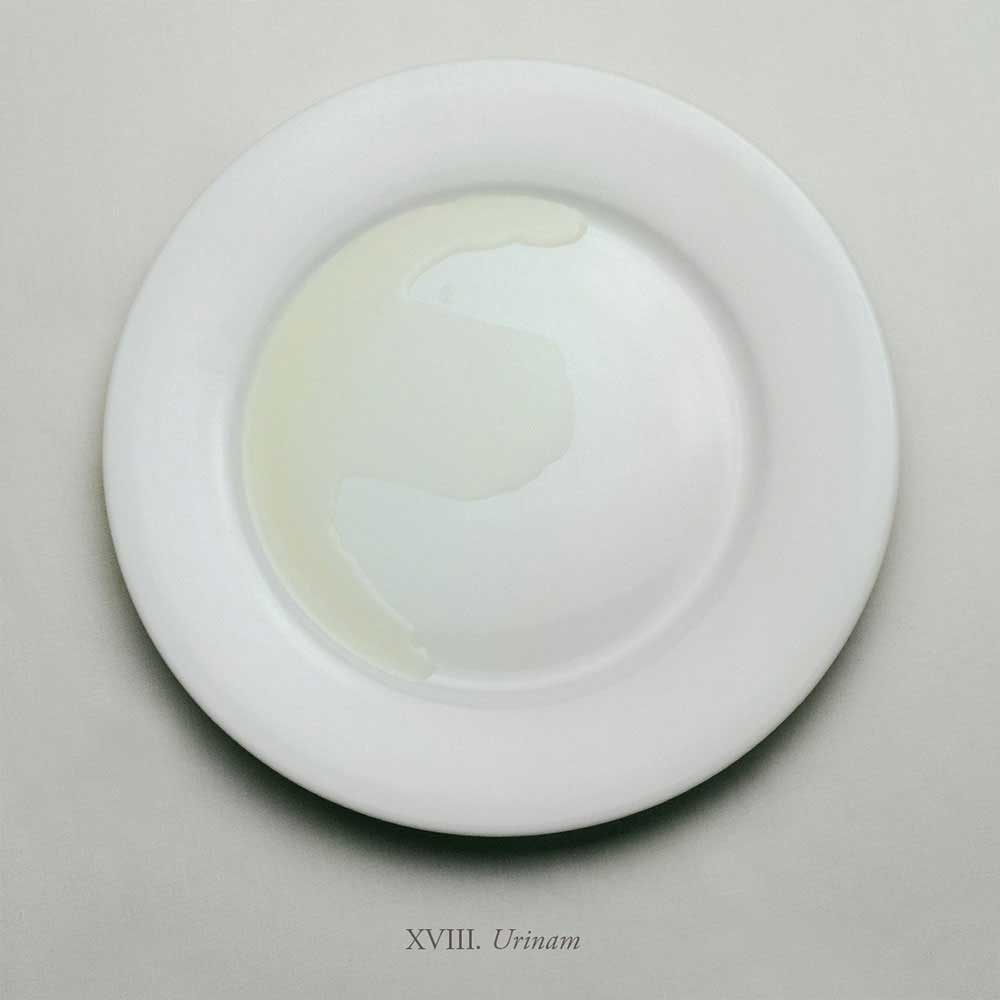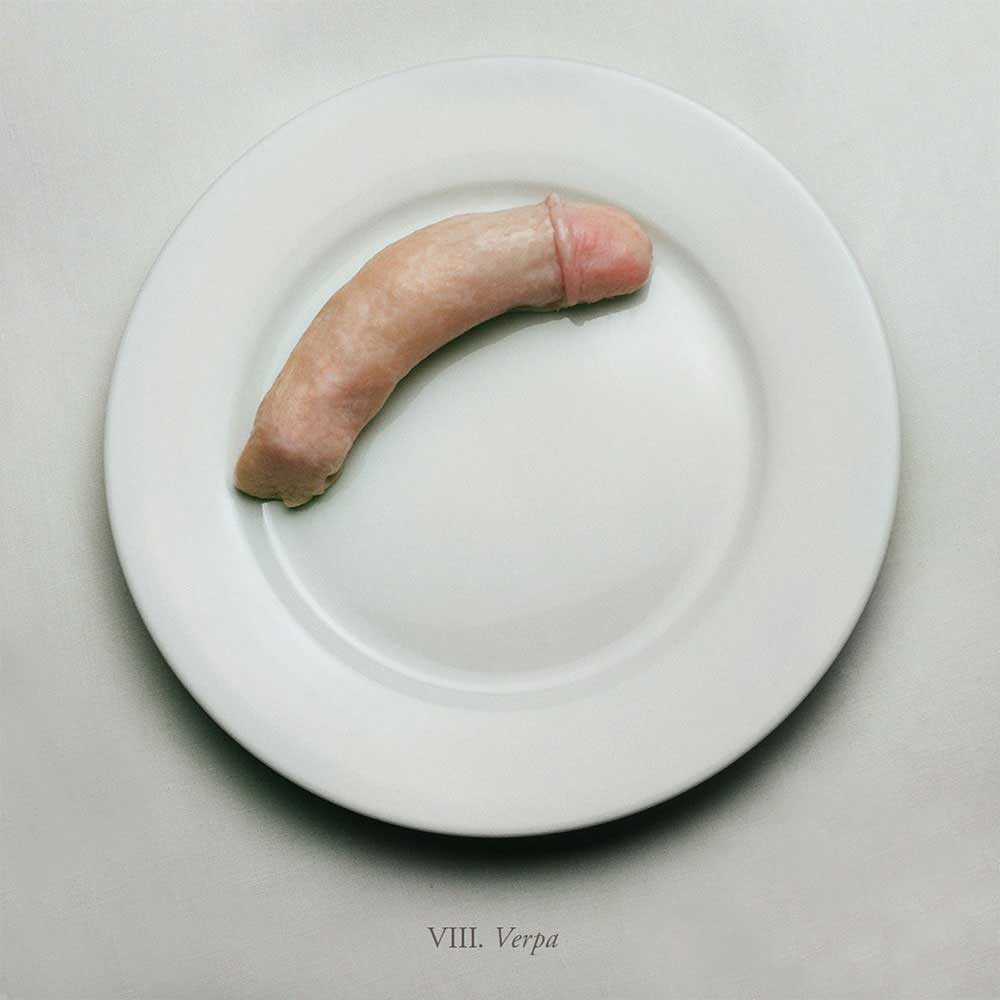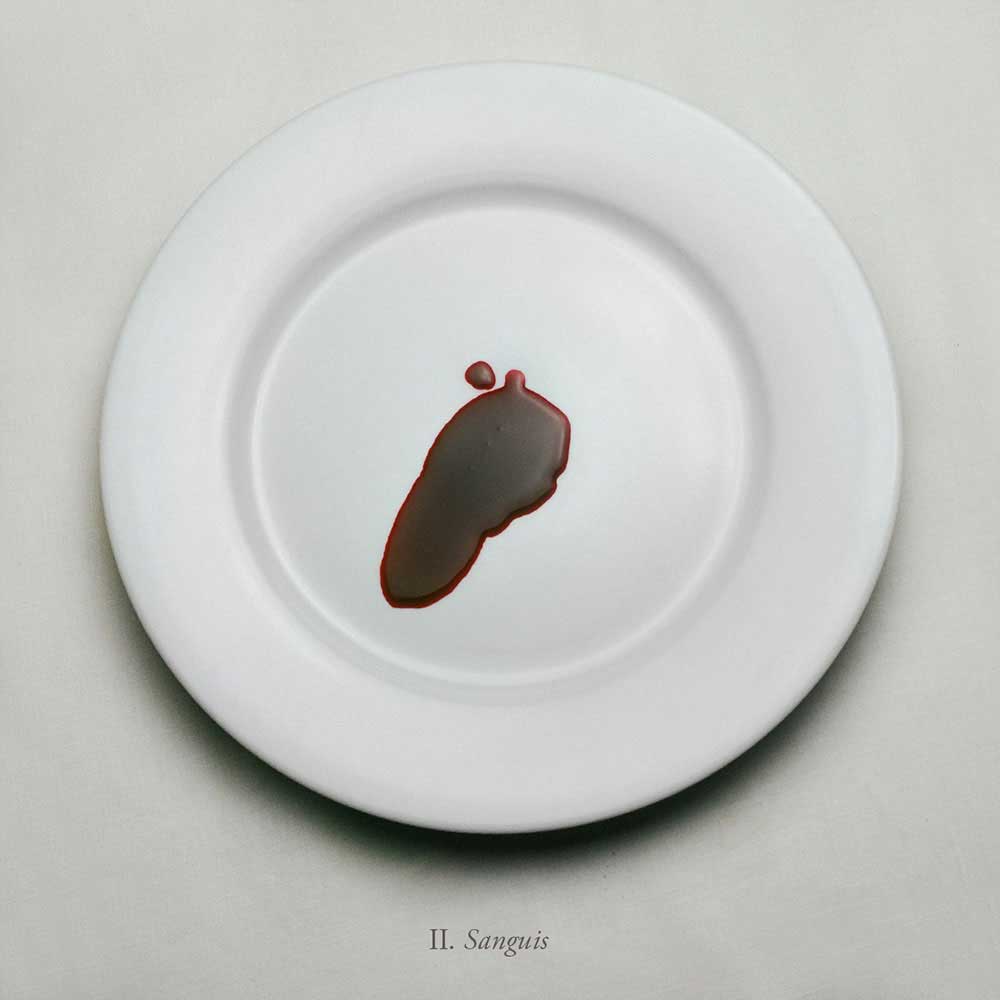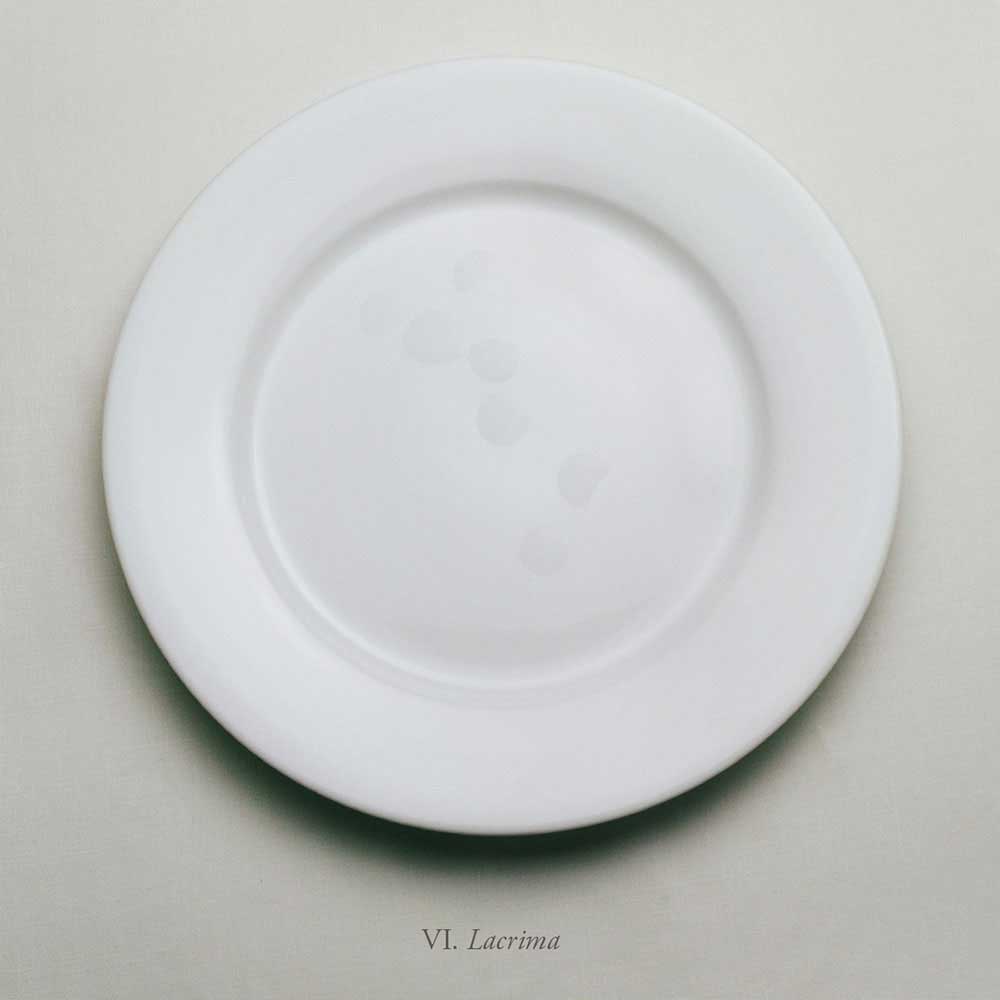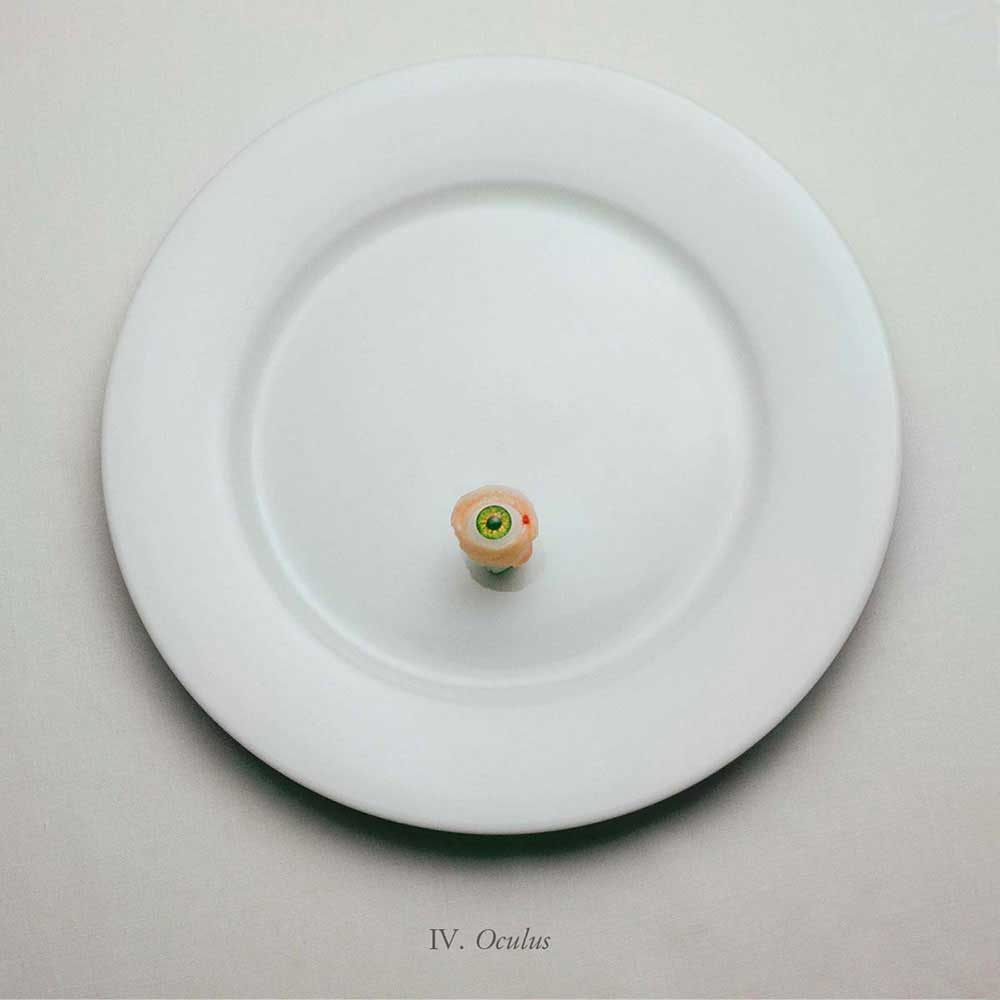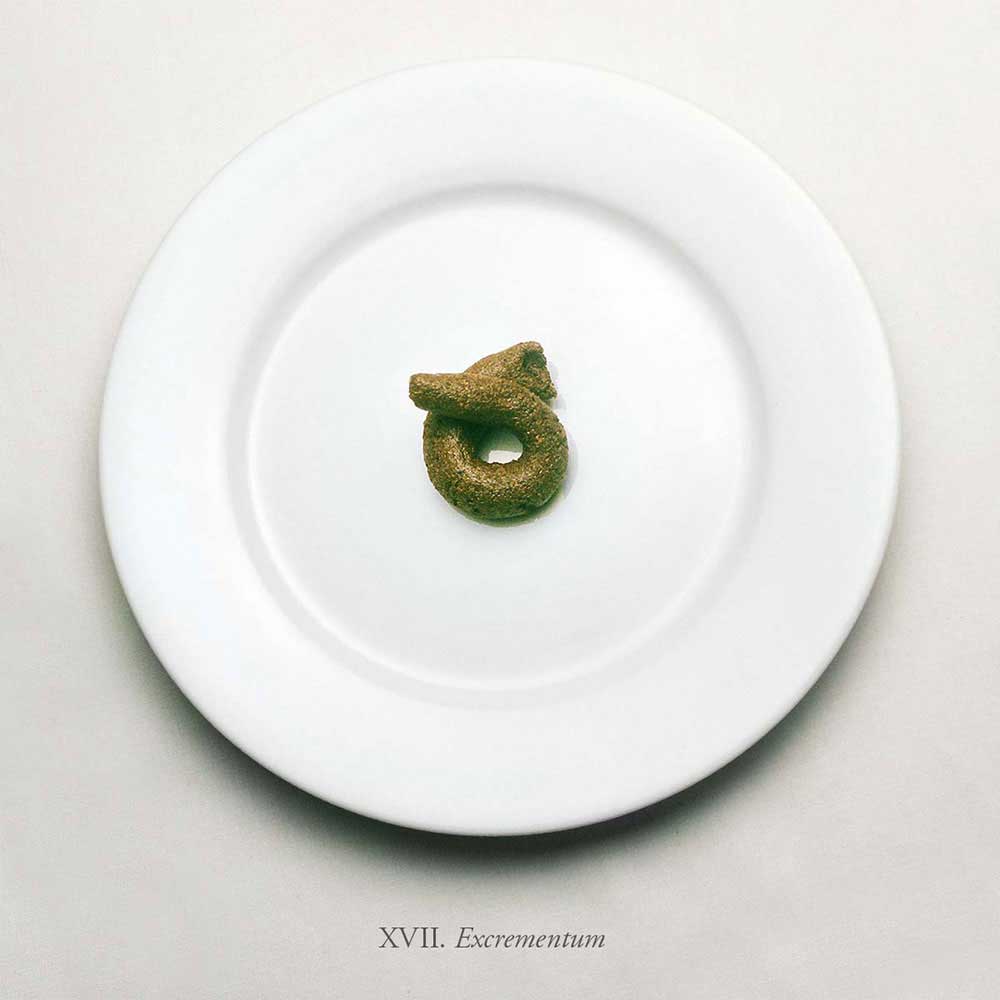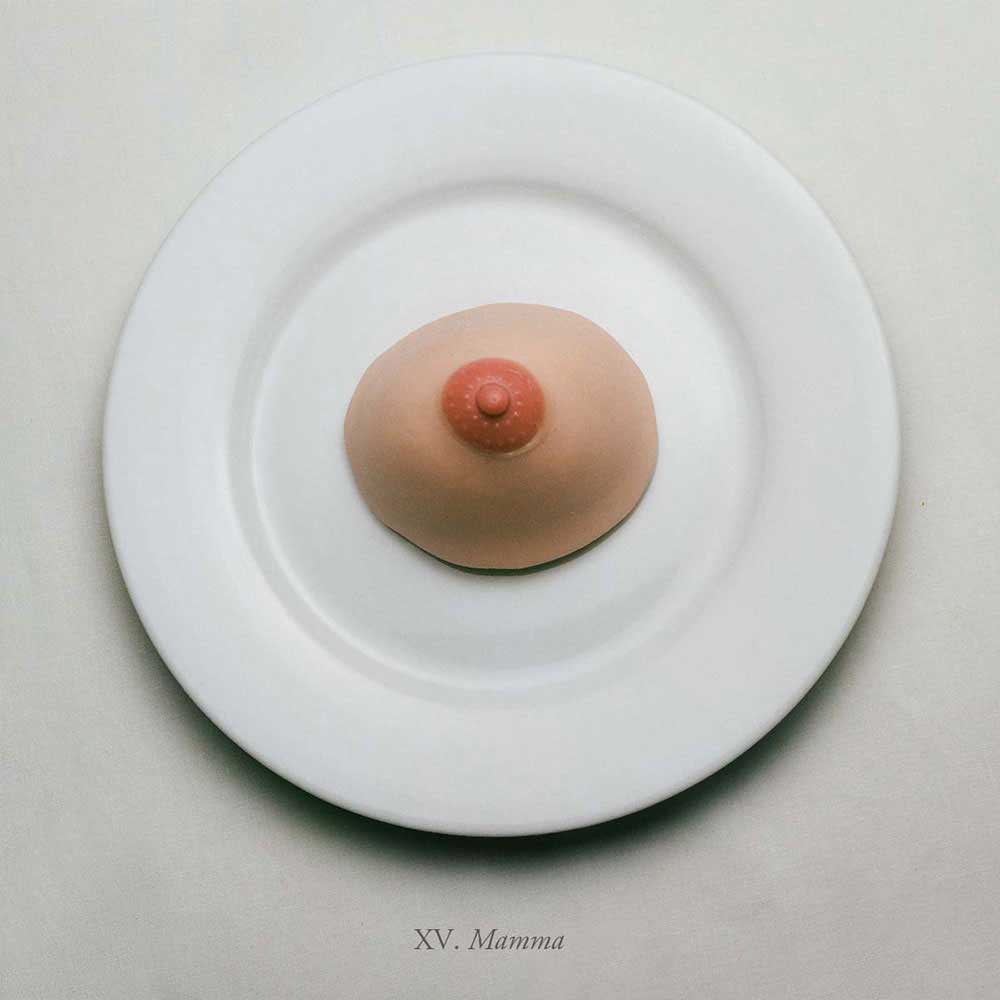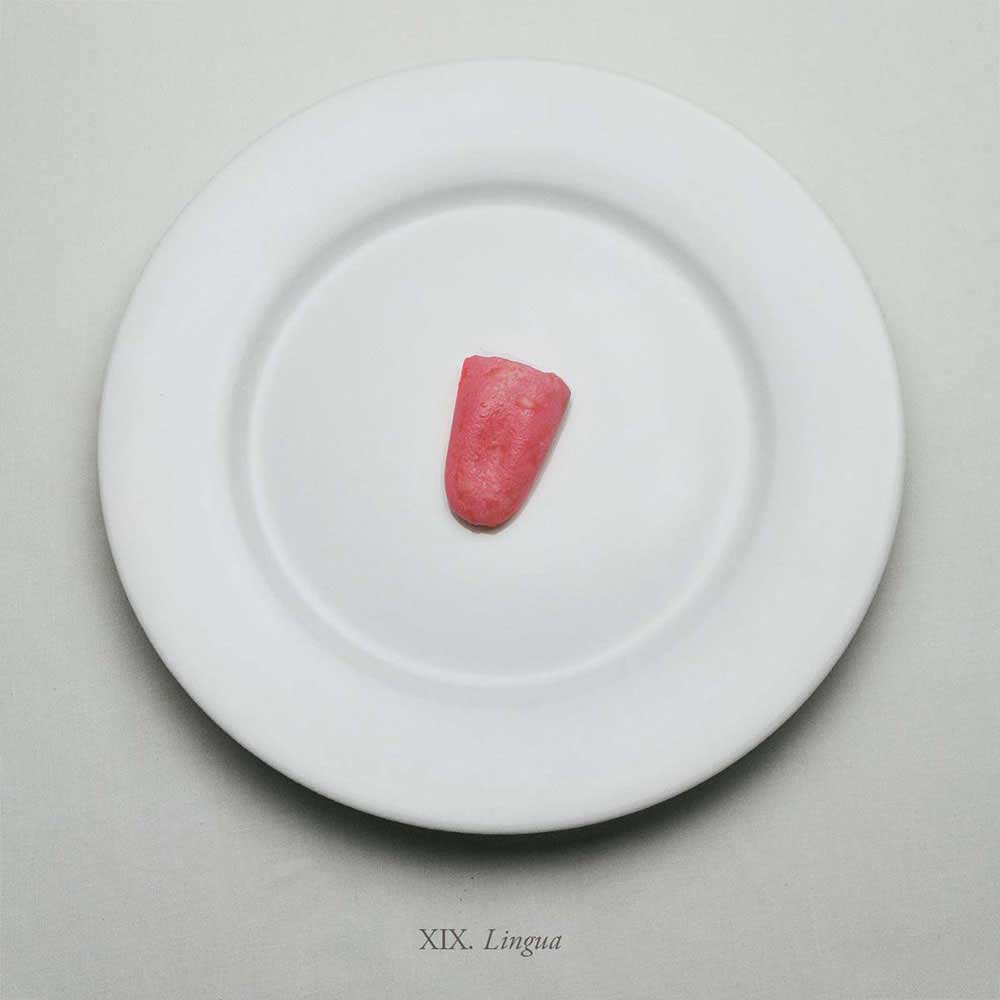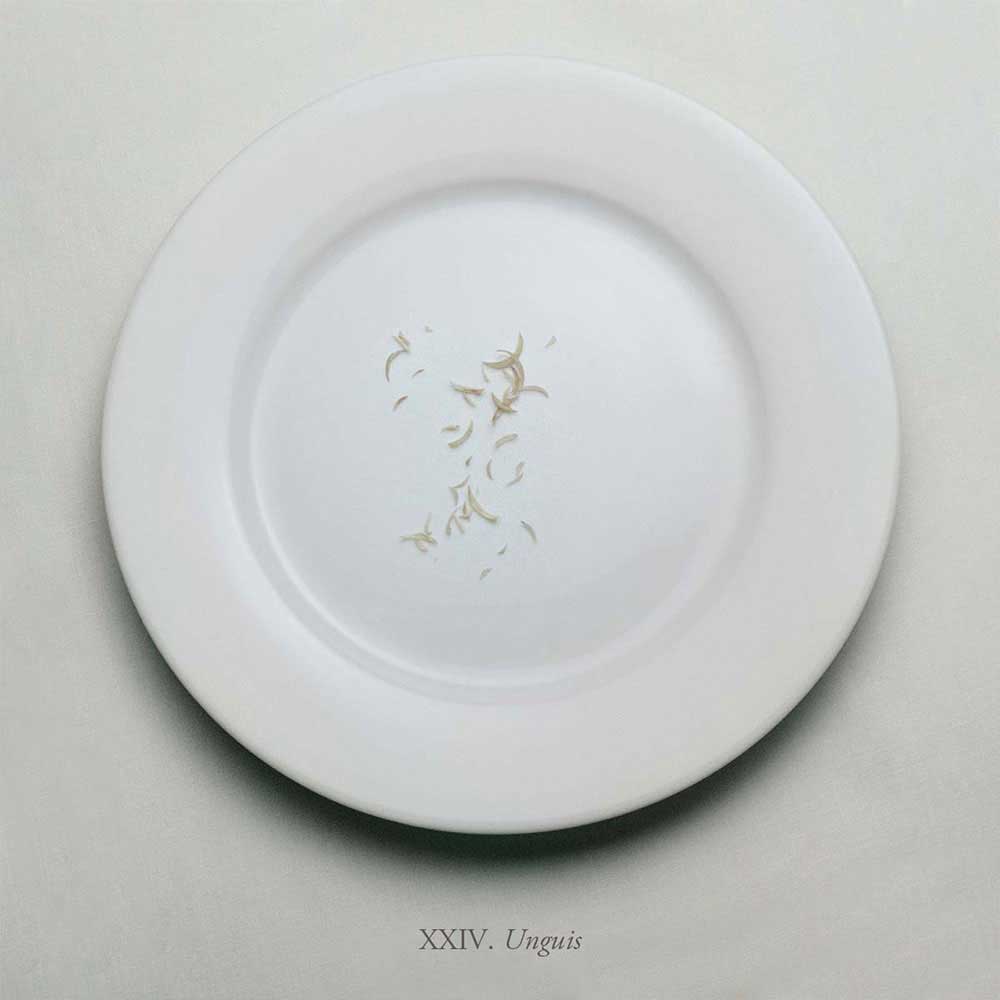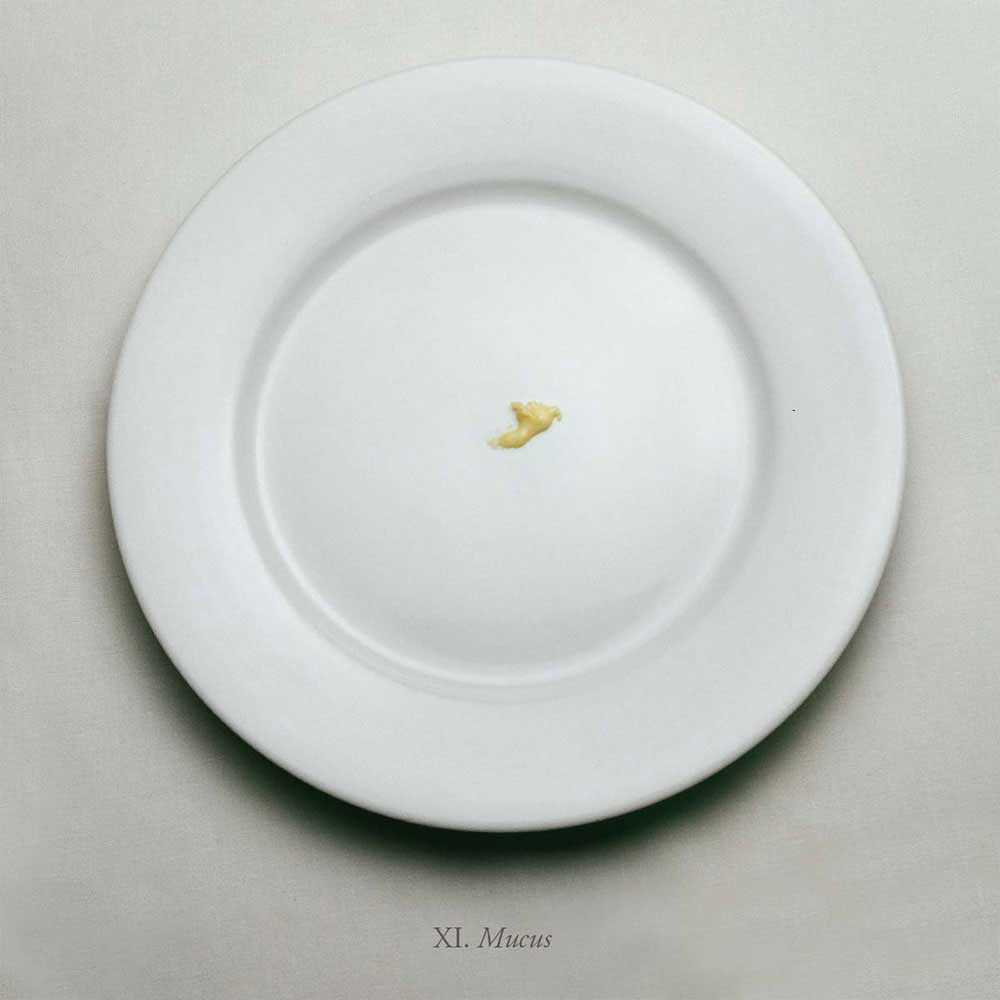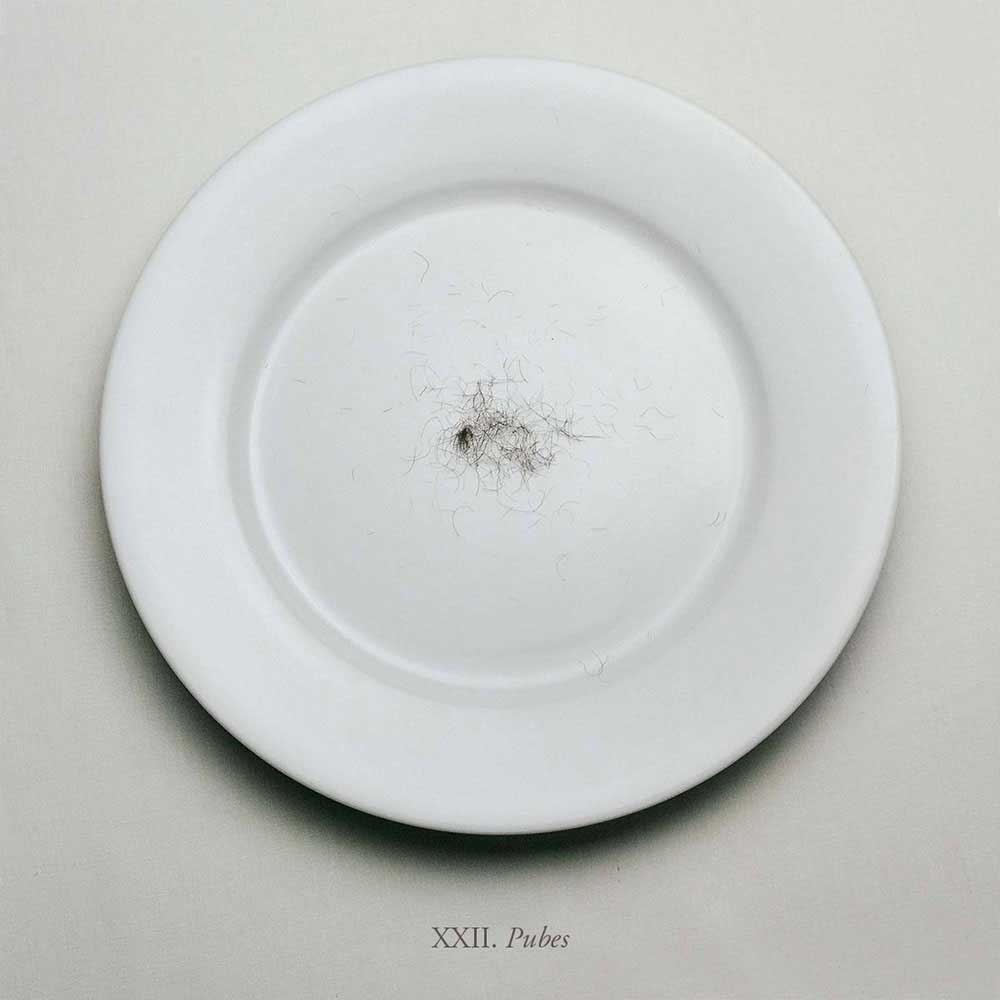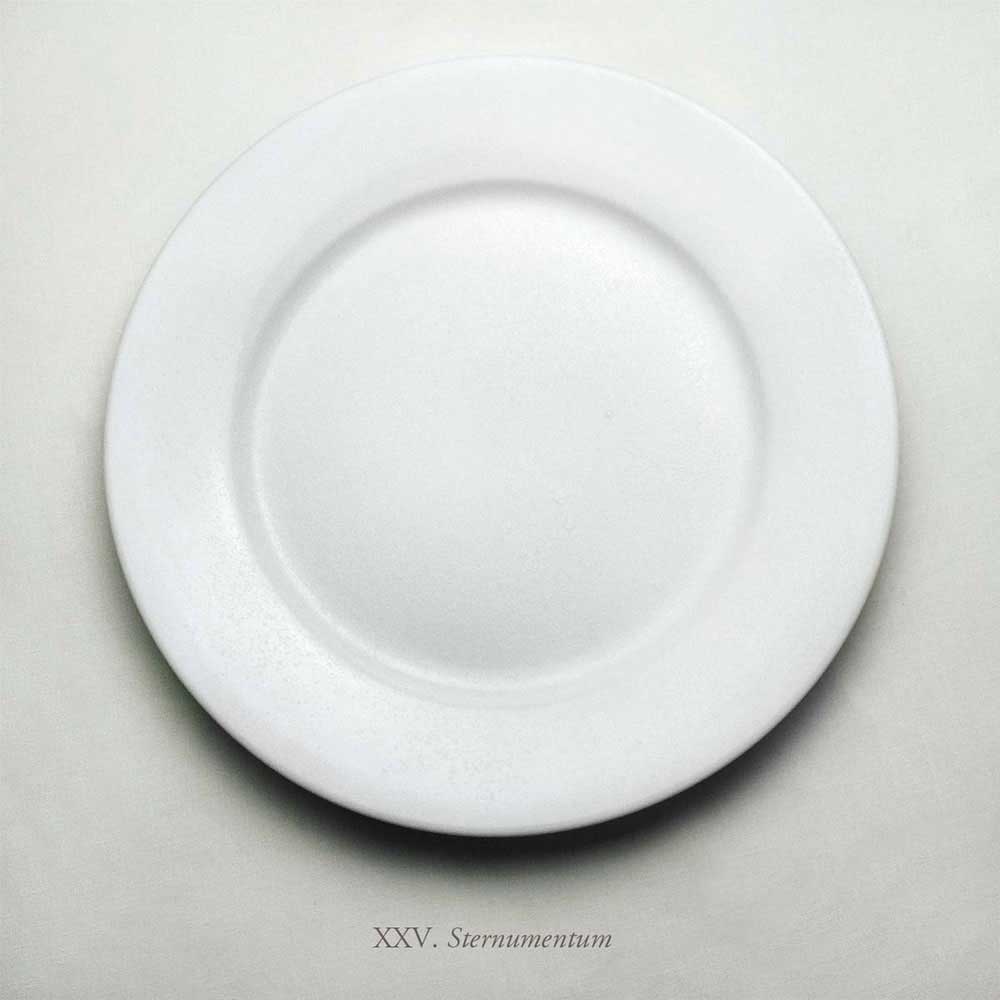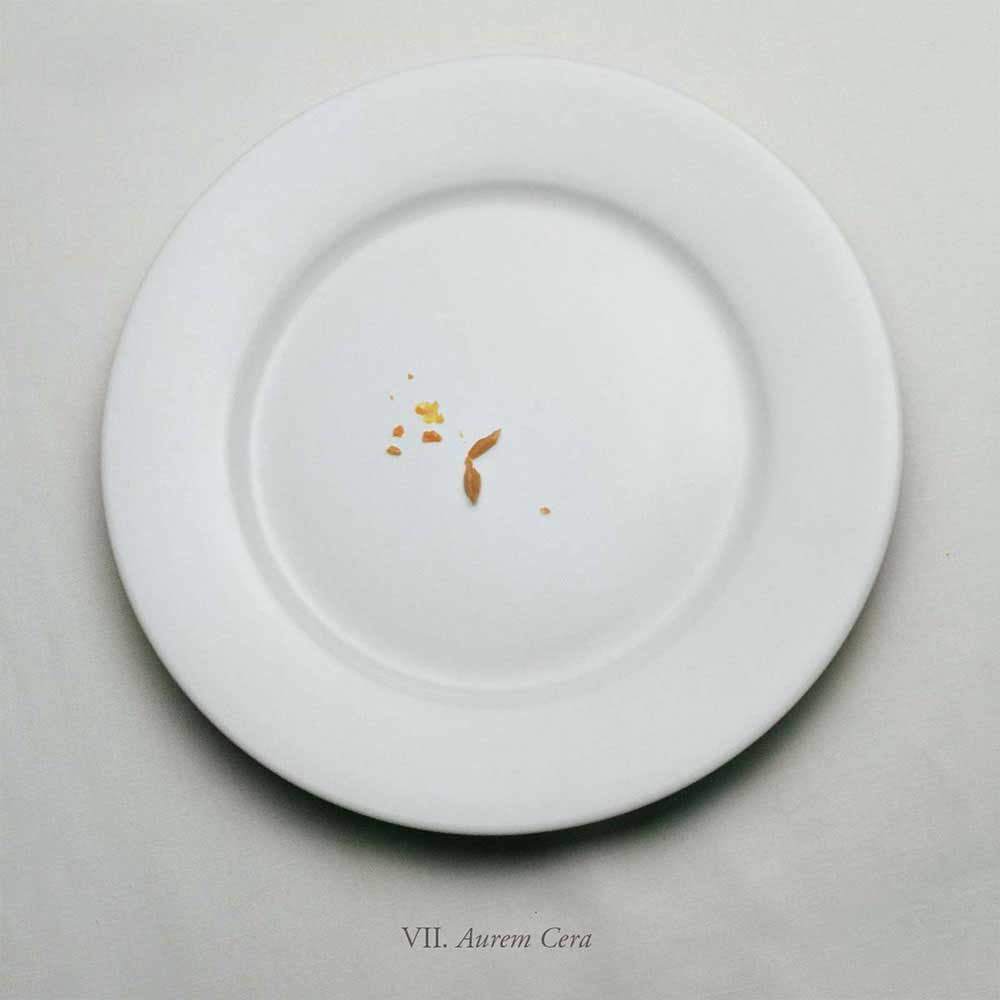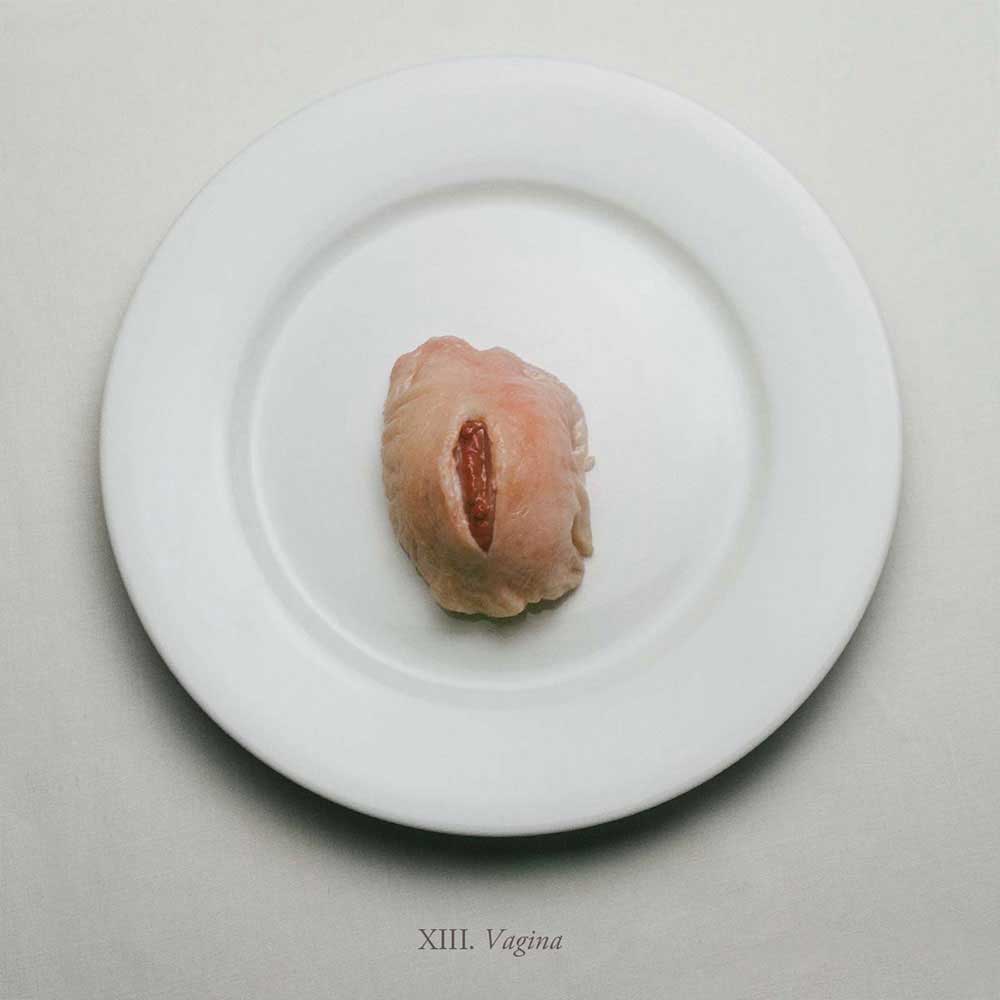The Embarrassment of Being Human considers mortality by examining our private discomforts and the detachment that humans have with their most primal self.
Presented in a way that allows for examination of who we are, the photographs explore the disconnect between our physical and mental selves. By offering up the parts, secretions, and behaviors of our bodies that we would prefer to avoid making public, we are forced to acknowledge the irony of living inside a vessel that is at once miraculous and magnificent and at the same time makes us uncomfortable by the connection to our carnal self.
As humans become more technically sophisticated through Artificial Intelligence, avatars, and online communications, we also become more removed from our physicality. I have been fascinated with the idea that most humans are embarrassed by the complexities of how the body functions. Perhaps it is man’s refusal to acknowledge his own mortality.
Over the course of history, man has considered his physical self in myriad of ways, not just in the reflection of his physique, but also in the mechanics of how his body operates. Societal and cultural norms define how we consider our bodies and our bodily functions, and those definitions range from acceptance to repulsion. We are also taught to believe that what happens behind the bathroom door is abnormal and shameful, and that disgust extends to also body hair, body fat, breast-feeding, periods, digestive sounds, nudity, and anything else that involves natural body states and processes. According to scientists, natural body states and functions are threatening because they remind us of our “creatureliness” and our vulnerability to death.
About Aline Smithson
Aline Smithson is a visual artist, editor, and educator based in Los Angeles, California. Best known for her conceptual portraiture and a practice that uses humor and pathos to explore the performative potential of photography. Growing up in the shadow of Hollywood, her work is influenced by the elevated unreal. She received a BA in Art from the University of California at Santa Barbara and was accepted into the College of Creative Studies, studying under artists such as William Wegman, Allen Rupersburg, and Charles Garabedian. After a career as a New York Fashion Editor working alongside some the greats of fashion photography, Smithson returned to Los Angeles and her own artistic practice.
She has exhibited widely including over 40 solo shows at institutions such as the Griffin Museum of Photography, the Fort Collins Museum of Contemporary Art, the Shanghai, Lishui, and Pingyqo Festivals in China, The Rayko Photo Center in San Francisco, the Center of Fine Art Photography in Colorado, the Tagomago Gallery in Barcelona and Paris, and the Arnika Dawkins Gallery in Atlanta. In addition, her work is held in a number of public collections and her photographs have been featured in numerous publications including The New York Times, The New Yorker, PDN (cover), the PDN Photo Annual, Communication Arts Photo Annual, Harper’s, Eyemazing, Soura, Visura, Shots, Pozytyw, and Silvershotz magazines.
Smithson is the Founder and Editor- in-Chief of Lenscratch, a daily journal on photography. She has been an educator at the Los Angeles Center of Photography since 2001 and her teaching spans the globe. In 2012, Smithson received the Rising Star Award through the Griffin Museum of Photography for her contributions to the photographic community and she received the prestigious Excellence in Teaching Award from CENTER. In 2014 and 2019, Smithson’s work was selected for the Critical Mass Top 50.
In 2015, the Magenta Foundation published her first significant monograph, Self & Others: Portrait as Autobiography. In 2016, the Smithsonian Air and Space Museum commissioned Smithson to a series of portraits for the upcoming Faces of Our Planet Exhibition. In the Fall of 2018 and again in 2019, her work was selected as a finalist in the Taylor Wessing Portrait Prize and exhibited at the National Portrait Gallery in London. In 2019, Kris Graves Projects commissioned her to create the book LOST II: Los Angeles that is now sold out. Peanut Press Publishing released her monograph, Fugue State in Fall of 2021, also sold out. Her books are in the collections of the Museum of Modern Art, the Getty Museum, the Los Angeles Contemporary Art Museum, the National Portrait Gallery, London, the Metropolitan Museum, the Guggenheim, among others. In 2022, Smithson was honored as a Hassleblad Heroine. With the exception of her cell phone, she only shoots film. [Official Website]



